The old port
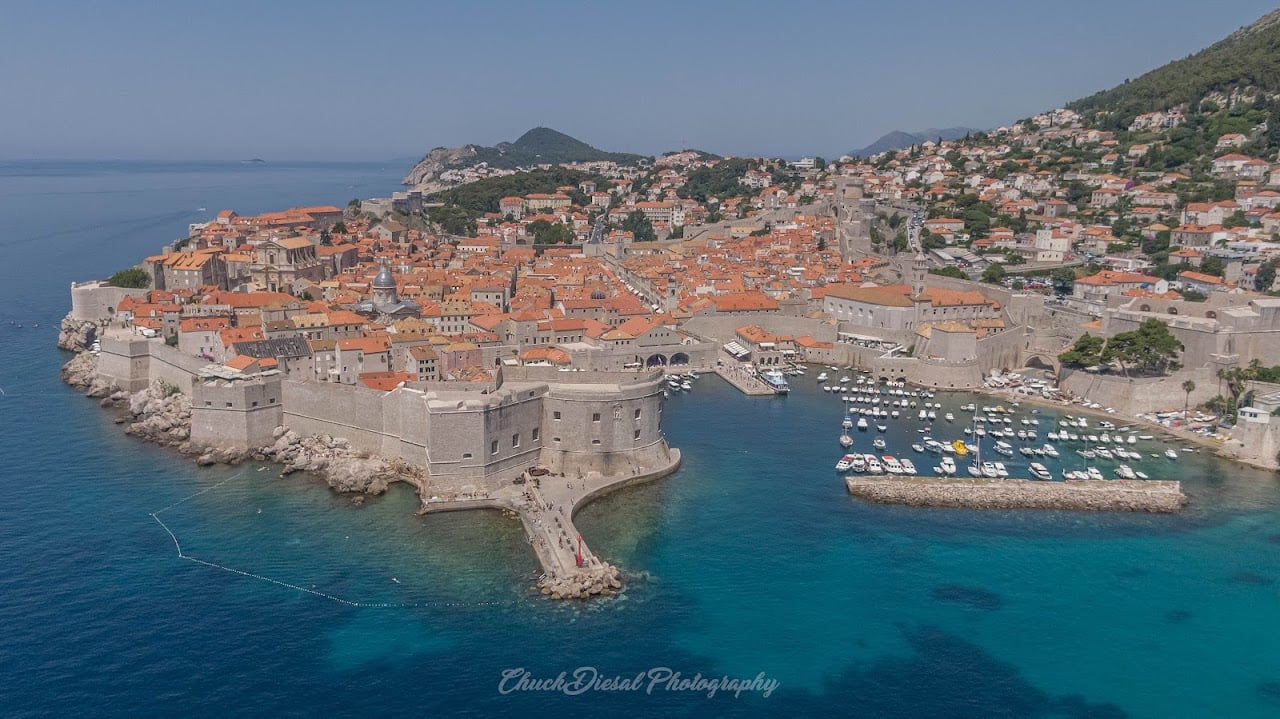
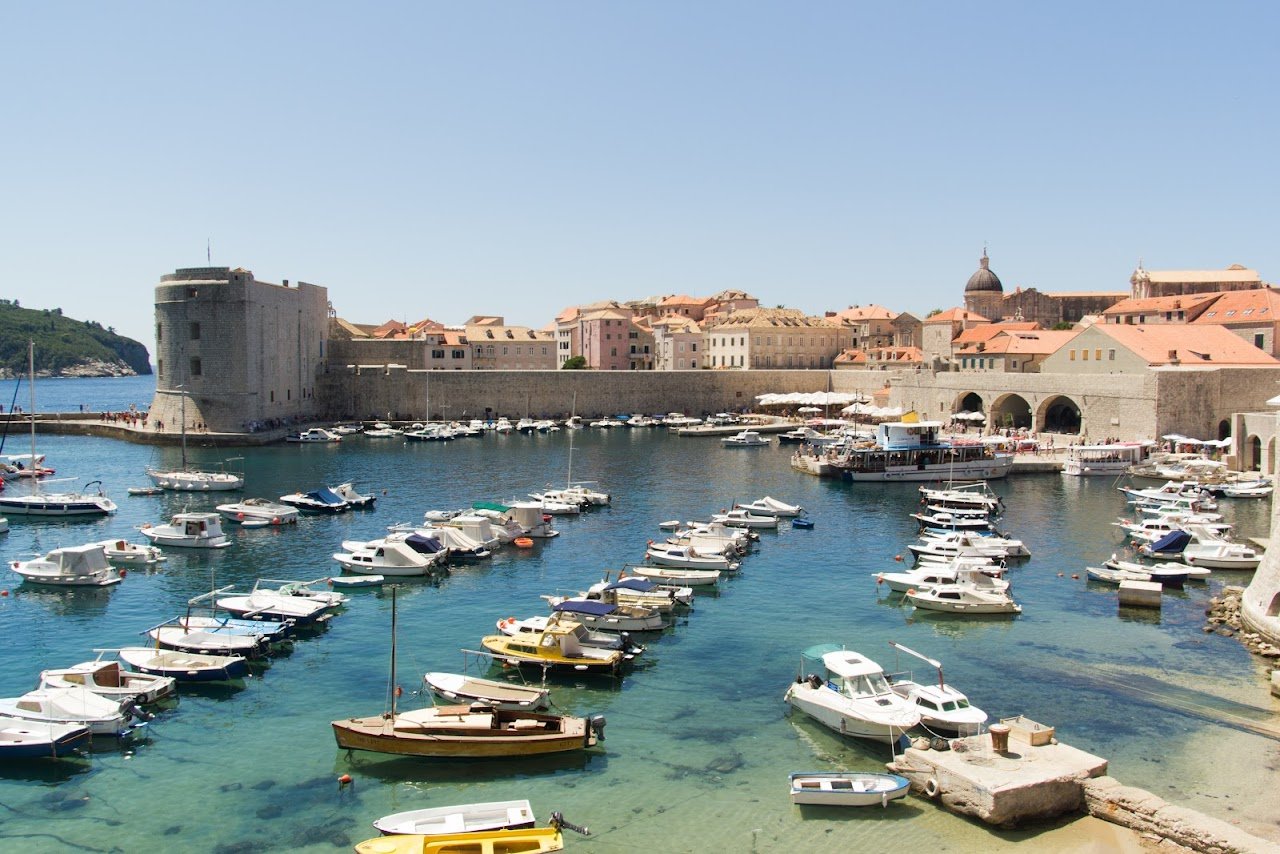
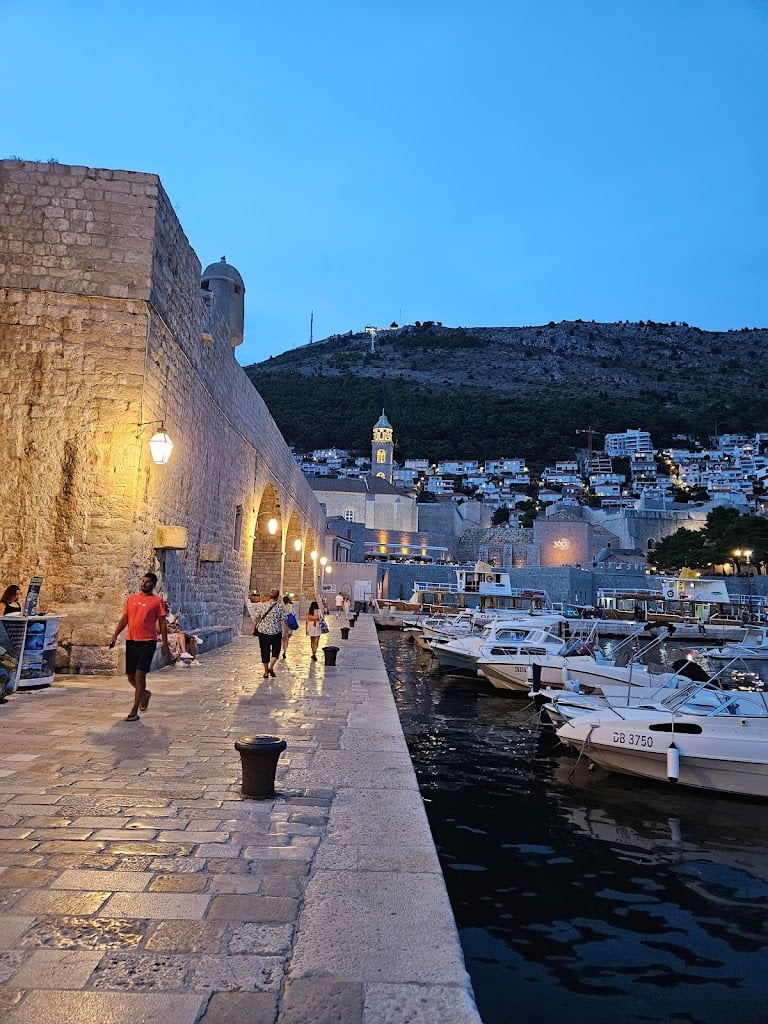
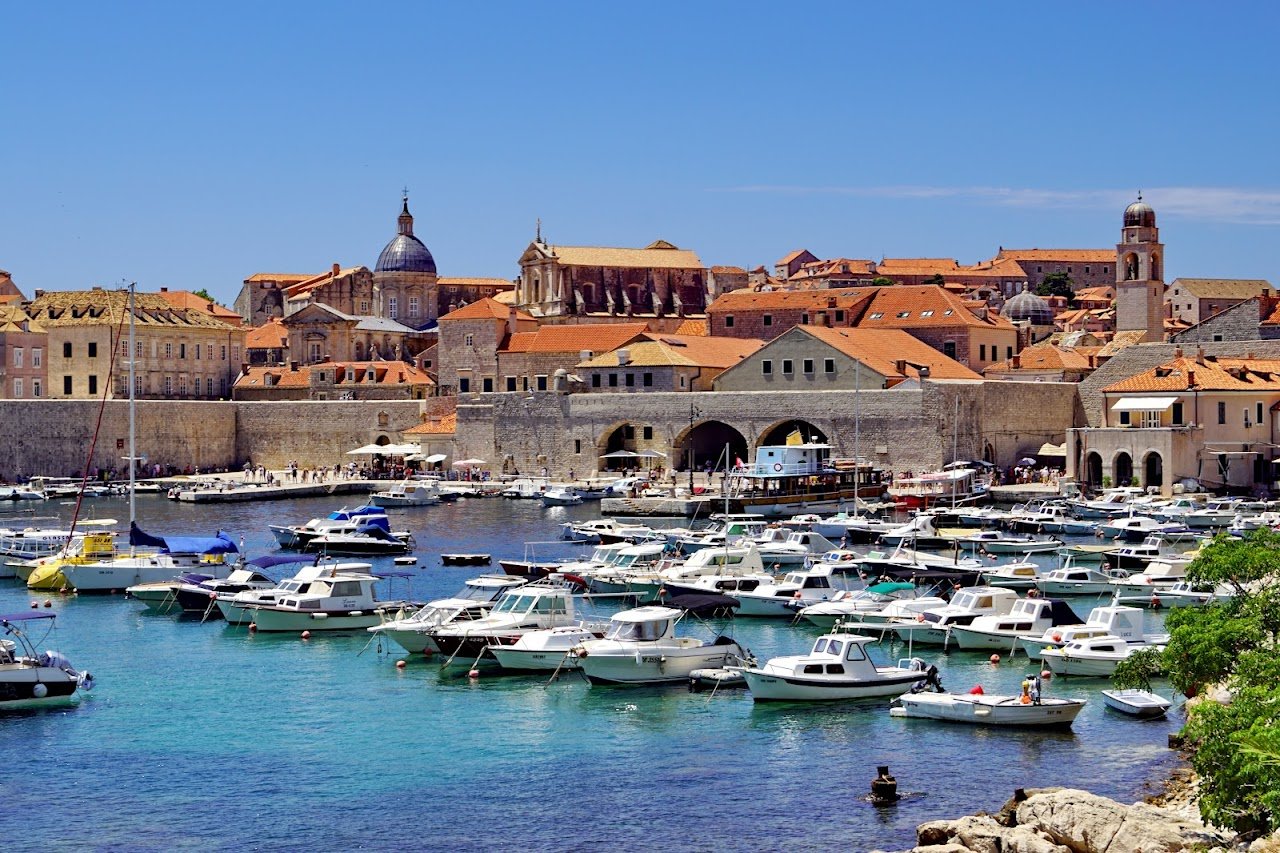
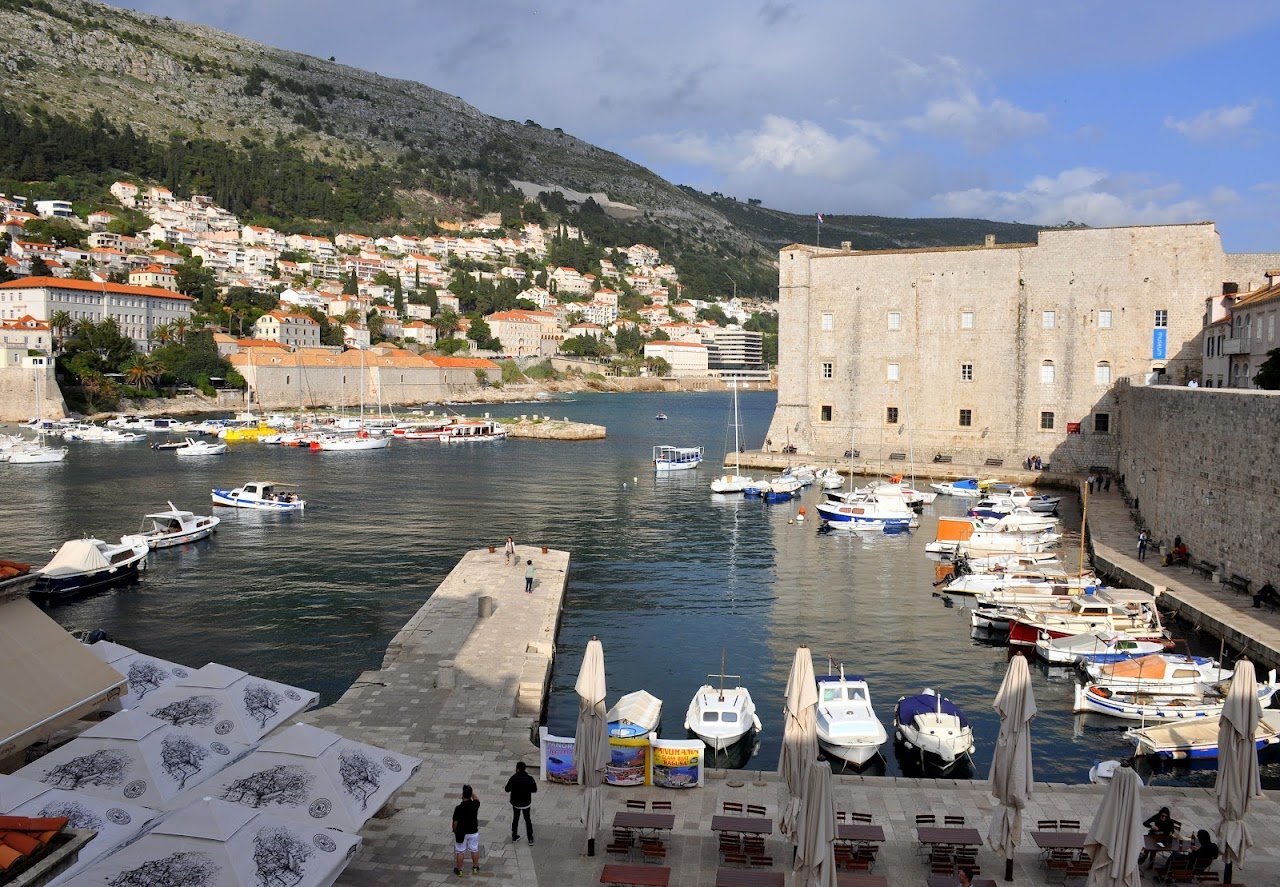
Ask ThatchGPT
Suggest a local expert to plan my trip
Suggest an unique itinerary for my Dubrovnik trip
What foods do Dubrovnik locals eat
What are some true hidden gems in Dubrovnik
Help me brainstorm trip ideas for Dubrovnik
Help me plan a family-friendly trip to Dubrovnik
What people say
Pedro Pereira
Available for hire
"Surrounded by historic fortifications, the port is enclosed by two breakwaters: Porporela, in front of the St. John Fortress, and the Kaše breakwater, which stretches across the bay to provide shelter from both waves and potential invaders. During the height of the Republic, the port was heavily defended by several key fortresses, including St. Luke Fort, St. John Fortress, and Revelin Fortress, each playing a crucial role in protecting Dubrovnik’s gateway to the sea. Today, it serves as a safe harbor for private boats and is a popular departure point for ferries to Lokrum Island, as well as sightseeing tours to Cavtat, Mlini, and other nearby coastal destinations.
The architectural development of the Old Port is closely associated with the work of Paskoje Miličević, a master architect of the Dubrovnik Republic, who took charge of major construction efforts starting in 1466. In 1470, Miličević designed and built a low bastion near St. Luke Fort, reinforcing the entrance to the port. His most renowned work, the Kaše breakwater, provided essential protection for ships within the harbor, replacing the earlier system of a chain stretched between St. John Fortress and St. Luke Fort to block enemy vessels. After the breakwater's construction, the chain was repositioned between St. John Fortress and the new structure, enhancing the port's defenses. Miličević also oversaw the creation of the Ponta Gate and helped finalize the port’s infrastructure by the early 16th century.
At the heart of the Old Port lies the historic Arsenal, a shipbuilding yard that was crucial to Dubrovnik’s maritime power during the Republic’s golden era. This building, marked by its three symmetrical vaults, was a place where ships were constructed in secrecy. To protect the shipbuilding techniques from foreign spies, the vaults were sealed with bricks until the ship was ready for launch. Once the ship was completed, the brick wall was torn down, and the vessel would be launched into the Adriatic. Today, the Arsenal has been repurposed as a restaurant, but the ambiance remains deeply tied to its past. The interior is designed to resemble an ancient shipyard, with wooden furniture and ship-themed decorations that harken back to Dubrovnik’s maritime legacy.
During its peak in the mid-16th century, Dubrovnik’s shipbuilders were renowned across the Mediterranean. Ships "built in the manner of Dubrovnik" were valued for their durability and simple yet sturdy design. At the height of its maritime influence, Dubrovnik’s fleet boasted over 180 large ships with a total burden of 36,000 kars (one kar equaled 2/3 of a ton), a fleet valued at approximately 700,000 ducats. Dubrovnik was also an early pioneer in naval insurance, passing laws to regulate maritime insurance in 1568. Even as Mediterranean trade began to decline in the 18th century, Dubrovnik maintained consulates in over 80 cities worldwide and continued to operate a significant fleet, with 673 ships, including 255 large vessels that sailed international waters. While the fleet of Dubrovnik once rivaled that of Venice, it was considerably smaller than the powerful Dutch navy. Nonetheless, Dubrovnik’s maritime prowess left a lasting mark on the city’s history, much of which can still be felt at the Old Port today."
Read more in:
Hazel Teh
"A picturesque harbor located on the eastern side of the city, just outside the city walls. Historically, it was a vital center for maritime trade, and today, it serves as a departure point for boat trips to nearby islands like Lokrum and a scenic spot for dining and sightseeing."
Read more in:
Mentioned in these guides
About The old port
Get the inside scoop on The old port from local experts, travel creators, and tastemakers. Browse genuine trip notes, The old port reviews, photos, travel guides, and itineraries from real travelers and plan your trip with confidence.
Save this spot for later or start mapping out a new trip today
Try our AI Travel Assistant and get instant answers to any questions about your trip.
Ask ThatchGPT

